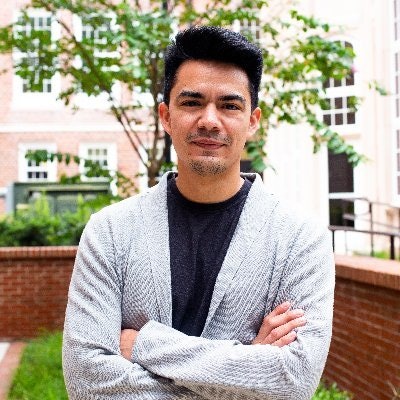Nearly 54% of working age adults in the U.S. have achieved some kind of postsecondary degree or credential, putting the country even closer to the Lumina Foundation’s goal of 60% attainment by 2025.
Lumina, a private nonprofit working to increase learning opportunities for all after high school, has been tracking credential and degree attainment for adults from 25 to 64 years of age since 2008. The latest numbers for 2021 have revealed the largest two-year increase in degree attainment since Lumina began this project.
 Dr. Courtney Brown, vice president of impact and planning at Lumina Foundation.
Dr. Courtney Brown, vice president of impact and planning at Lumina Foundation.
To create its Stronger Nation report, Lumina uses data collected by the American Community Survey, part of the U.S. Census, to track associate, bachelor’s, and graduate or professional degree attainment, as well as the Georgetown University Center on Education and the Workforce to track certificate and certification attainment. Data is broken down by state and by race and ethnicity, with the highest attainment found in D.C. at 72.4%, and the lowest attainment in Nevada at 43.9%.
“Even during the pandemic and economic crisis we’ve experienced, [the attainment rate] has grown every year, thanks to hard work across the nation, communities, and states, through strong partnership and better measurement,” said Brown.
While Brown acknowledged the latest numbers as a mark of success, it remains marred by the continued, stubborn gap in achievement between white and Asian American Pacific Islander (AAPI) populations and Black, Latinx, and Native American populations. While all racial groups saw an increase in attainment, Black, Latinx, and Native American attainment remain 15 percentage points or more below the national average.
“Seeing gaps in opportunities for continued progress helps us to sharply focus efforts as we move forward as a nation, as states, and in our communities,” said Brown. “It reinforces the urgent need to speed up progress, especially knowing tomorrow’s students will be even more diverse.”
In 2008, only one state had set a degree or certificate attainment goal for its own population: Hawaii. Since then, 47 states have joined Hawaii and set goals similar to Lumina’s 60% attainment. But setting statewide goals that intentionally target minoritized populations to close attainment gaps can be tricky, particularly after the Supreme Court makes its ruling on the use of race in admissions, said Dr. Frank Fernandez, an assistant professor of higher education and policy at the University of Florida.
 Dr. Frank Fernandez, assistant professor of higher education and policy at the University of Florida.
Dr. Frank Fernandez, assistant professor of higher education and policy at the University of Florida.
Brown acknowledged that the broad racial categories in Lumina’s dataset can mask differences experienced between ethnicities, so Lumina further disaggregated degree attainment. By breaking down the Latinx populations, the data reveals that, while 70% of Venezuelan adults in the U.S. have attained a degree or credential, only 15% of Guatemalan adults in the U.S. have attained the same. Similarly, in AAPI populations, 90% of Taiwanese adults in the U.S. have attained a degree or credential, compared to only 29% of Pacific Islander adults in the U.S.
“What’s important to know is none of this is an overnight fix. It’s a lot of people paying attention to increasing education beyond high school,” said Brown. “More institutions are focused on [completion]. They’re concerned about adult learners and ensuring that we’re serving them better, better serving other races and ethnicities, and how to provide credentials that lead to good jobs and lives?”
Fernandez said the attainment gap should encourage more research to discover institutions and states that have done a good job moving the needle on attainment in Black, Latinx, and Native American populations, to see if there are exemplars that can transfer elsewhere for continued improvement.
“We don’t want to dismiss the progress being made—it is representative of a lot of underpaid adjunct faculty and college counselors, doing their best to help students get through, not to mention all the work students are doing to improve their lives and the lives of their families,” said Fernandez. “[Sixty percent] is not a nebulous policy goal, it’s people’s lives and dreams.”
Liann Herder can be reached at [email protected].






















